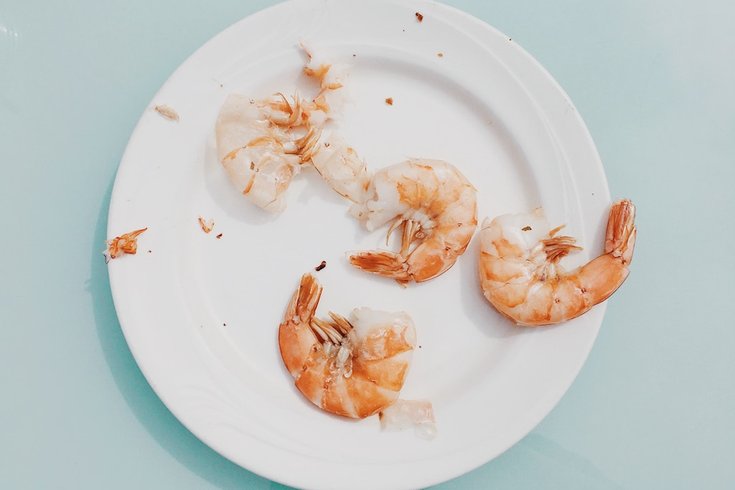
May 20, 2019
 Jackson Douglas/Unsplash
Jackson Douglas/Unsplash
Too many U.S. kids are missing out on their seafood intake.
We all know that it can be tough to get kids to eat the nutritious foods needed for healthy growth and development.
According to a report published Monday by the American Academy of Pediatrics (AAP), one food group missing from most American kids’ diets is seafood.
The AAP reminds that fish and shellfish are protein-rich foods that come without saturated fat or sugar. Plus, the AAP adds, these foods are high in calcium and vitamin D and are oftentimes packed with omega-3 fatty acids, which benefit brain and eye development.
RELATED READ: Repetition is key to establishing healthy eating habits among children
The AAP’s release reads:
Studies suggest seafood consumption may improve infant neurodevelopment and decrease cardiovascular disease risk. A growing body of research show that introducing fish early in a child’s diet may even help prevent allergic disease such as asthma and eczema.
According to the report, seafood consumption has been on the decline among U.S. kids since 2007. Experts theorize this could be due to concerns about mercury that fish can absorb from polluted water.
However, the AAP explains that there are ways to minimize or avoid these risks. The FDA and EPA suggests that children eat one to two weekly servings of “best” and “good” choices of fish, including clams, flounder, Chilean sea bass and more.
“For most types of seafood, the nutritional benefits far outweigh the risks,” said the report’s lead author Aaron Bernstein, MD, MPH, FAAP, an executive committee member of the AAP Council on Environmental Health.
View the AAP’s full report on childhood seafood consumption here.